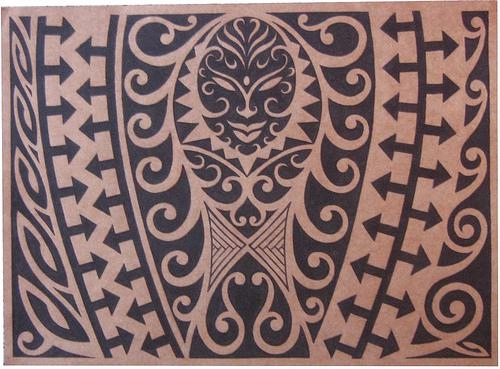




According to cable channel TLC, Miami Ink ranks as one of their hottest shows. I was looking for my other favorite cable show, Pimp My Ride, when I ran across an episode of Miami Ink. For those of you who do not have MI on your watchlist, the show is about a tattoo studio in Miami — hence the name, Miami Ink. Pretty clever.
Anyway, this episode featured not one, but two people who were having photos of their dead loved ones tattooed on their backs. A twenty-something-guy had his little sister’s photo tattooed in the middle of his back. She had died of cancer and looked to be about 11 years old. The other tattoo was on a young mother — a photo of her daughter, who had died at age four. Both tattoos were large and in color, and both tattoo artists did an amazing job.
When each tattoo was finished, the new "owner" looked at it tearfully, remarking how beautiful it was. Other family members had tears in their eyes, too. I was really moved that the families wanted to keep the memories of these little girls alive. Both thought a tattoo would be the most-enduring memorial to their loved one. I also have seen ‘memorials’ decaled in the rear windows of cars and pickups, witness to the memories of those who died too young and too soon.
My observation is that the people who remember others with tattoos and window decals would not feel comfortable in a typical church. Whether or not they would be welcomed in a typical church is something else to think about.
What does it say about our culture, when the most fitting memorial that young, working class adults can imagine is a tattoo or rear-window decal? How are we as churches, as Christians, failing this group in our culture? And, are we so put off by their attempt at remembering their loved ones that we dismiss it as an ethnic thing or a poor thing or an uneducated thing to do?
If church is the place where we make sense out of life and death for people, how have we missed a whole generation who turn to the tattoo artist rather than the pastor for comfort and consolation? Why don’t we have something for these young adults to do to keep these memories alive? Right now I have a lot of questions and not many answers.













